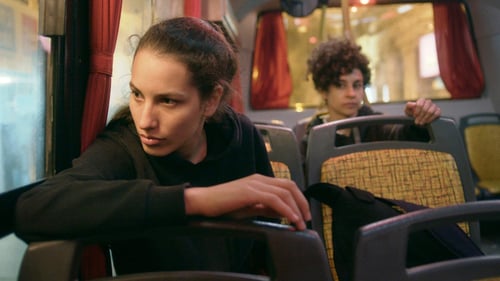
Art Direction
It is no coincidence that the second feature by Argentinian Melisa Liebenthal begins with a quote from “Duino Elegies” by Rilke, who was concerned with existential angst. And, more prosaically, Marina, the film’s young protagonist, is faced with similar anxiety. In fact, her problem is her face. One morning, she discovers her face has changed, and she can no longer recognise herself. Not even her mother can, who bumps into her on the street and says hello to her like she would to any stranger (deadpan, surreal humor is part of the film’s recipe). Marina is thus forced to confront her identity: who is she? Is she determined by her parent’s DNA or by her ID card? Can she be identified by a family portrait, by biometrics or the love of those around her, including her Colombian boyfriend? Is she prettier now?

Art Direction
아르헨티나 북부 코리엔테스 지방, 라스밀(Las Mil)이라는 작은 마을을 배경으로 펼쳐지는 우정, 사랑, 힘의 관계를 보여준다. 감독은 영화 배경이 되는 지역의 역사나 정치적 상황을 전면에 드러내거나 일절 설명하지 않는다. 하지만 부재를 통해 실제 부재했던 힘을 묘사하는 방식으로, 영화 속에 어떤 공적인 힘도 등장하지 않게 함으로써 실제 정치권력이 수년간 주민들을 방치한 결과를 약물과 빈곤을 통해 드러낸다. 시나리오는 지방 생활의 관습을 보여주는 많은 이야기 속에서 이리스와 레나타 사이의 사랑 이야기를 탄생시킨다.

